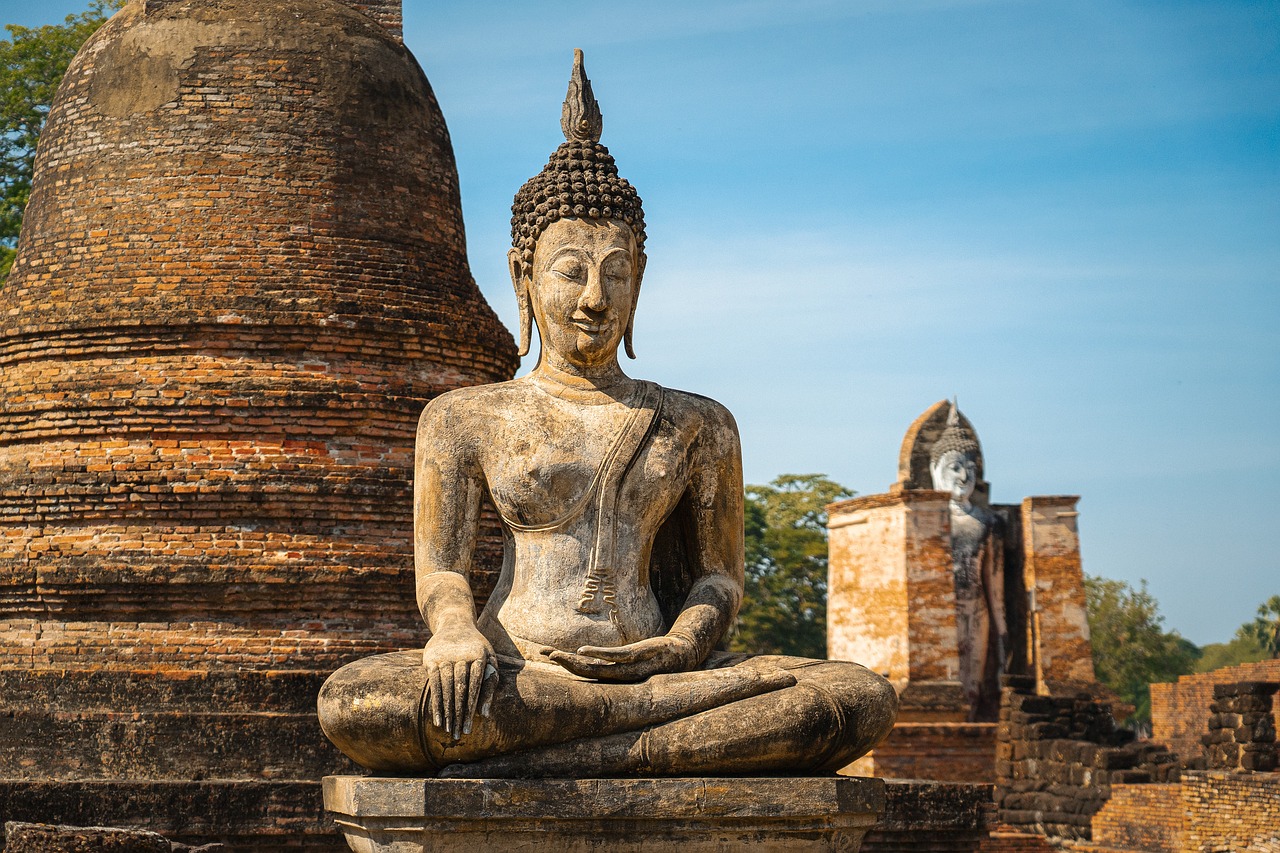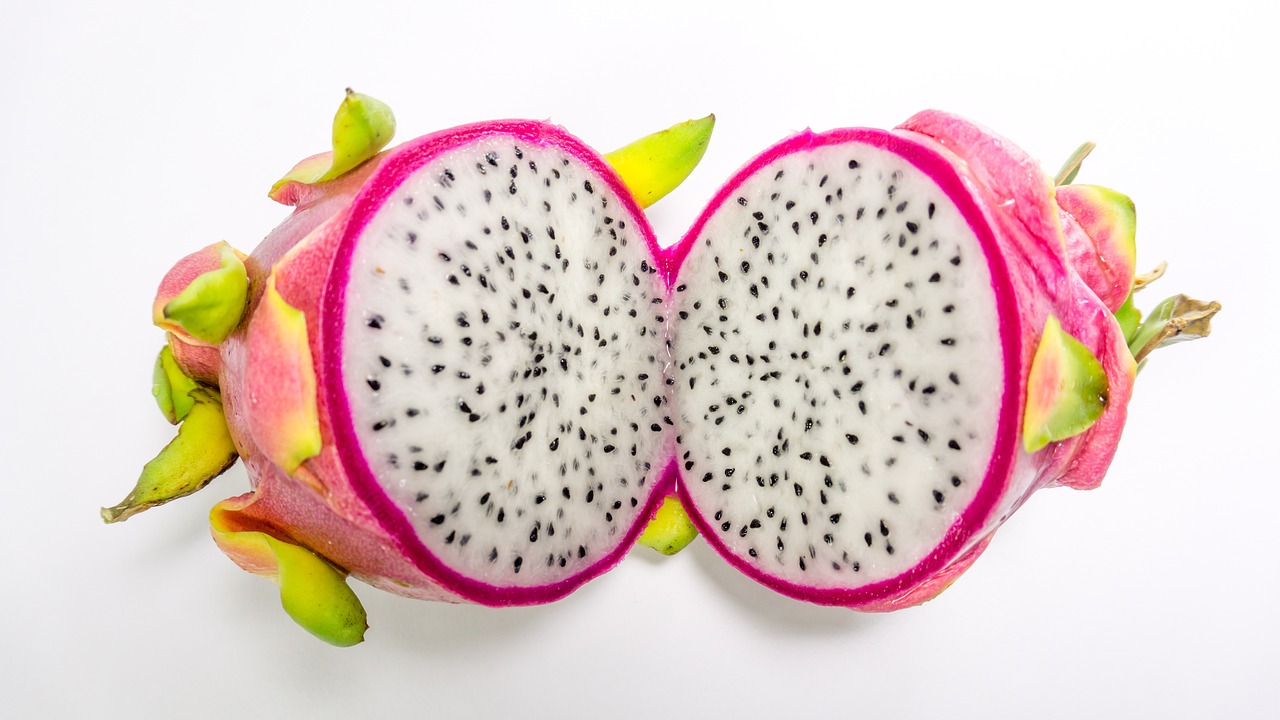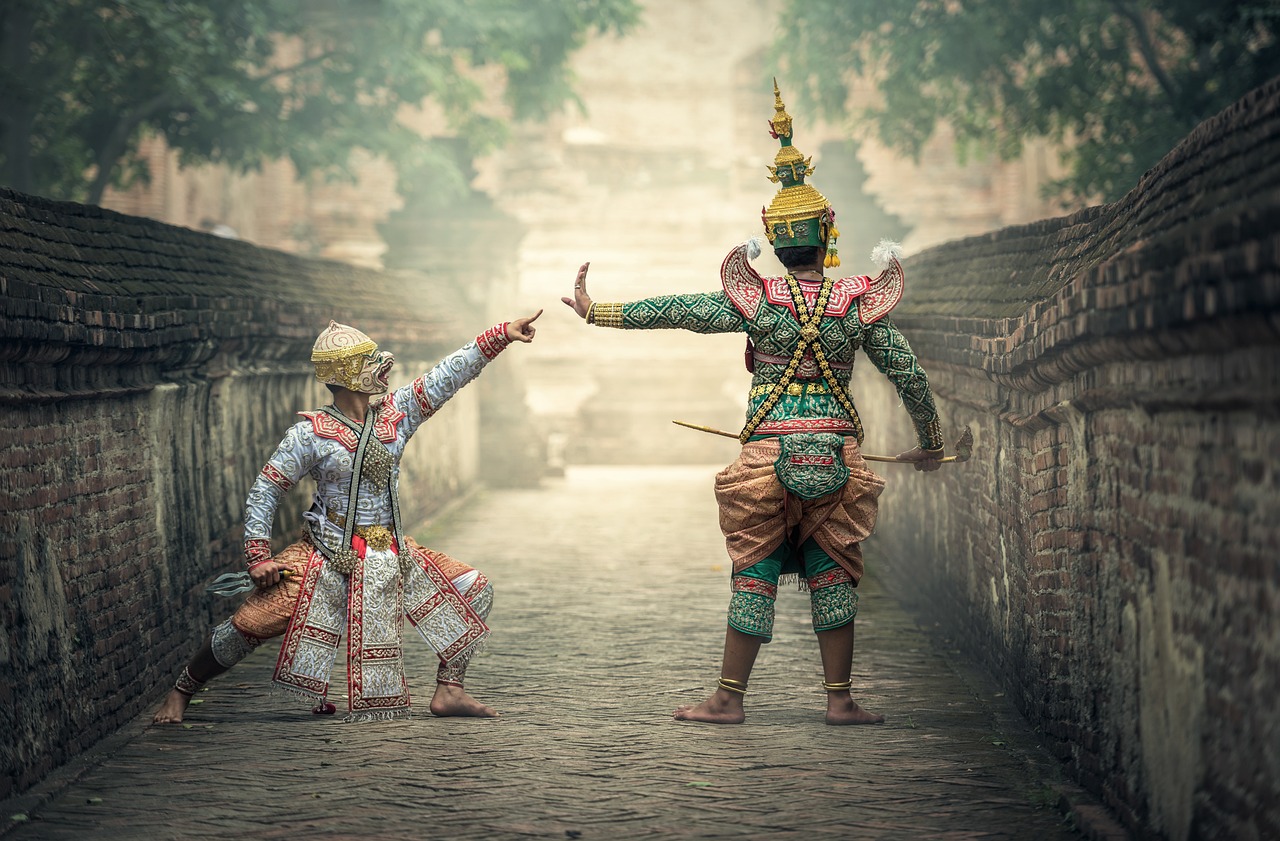Thailand Video
Cultural Sensitivities: Understanding Local Norms in Thailand
Introduction
Thailand, with its rich history, vibrant culture, and stunning landscapes, is a popular destination for travelers from all around the world. However, it is essential to understand and respect the local norms and cultural sensitivities when visiting the country. This article aims to provide a comprehensive guide to help visitors navigate through Thailand while being mindful of the local customs and traditions.
Thai Greetings and Etiquette
Thai people value politeness and respect, and greetings play a significant role in Thai culture. When meeting someone for the first time, it is customary to perform the “wai,” a gesture of respect. To do the wai, place your palms together in a prayer-like position and slightly bow your head. The higher you place your hands, the more respect you show. It is also common to say “Sawasdee” (hello) or “Sawasdee khrap” (hello, if you are male) or “Sawasdee kha” (hello, if you are female).
- Do: Return the wai when someone greets you.
- Don’t: Touch someone’s head.
- Do: Remove your shoes before entering someone’s home or sacred places.
When someone performs the wai, it is polite to return the gesture. The level of the wai should match the social status of the person you are greeting.
In Thai culture, the head is considered sacred, and touching someone’s head, even as a friendly gesture, is seen as disrespectful.
Thais consider the feet as the lowest part of the body, so it is customary to take off your shoes before entering someone’s house or religious sites.
Thai Cuisine and Dining Etiquette
Thai cuisine is renowned for its flavors, spices, and unique combinations. When dining in Thailand, it is essential to understand the dining etiquette and customs to fully enjoy the experience.
- Do: Use a spoon and fork to eat.
- Don’t: Use chopsticks unless you are eating noodles.
- Do: Share dishes with others.
Unlike some other Asian countries, Thais typically use a spoon and fork to eat. The spoon is held in the right hand to scoop the food, while the fork is used to push the food onto the spoon.
Chopsticks are not commonly used in Thailand, except when eating noodle dishes. It is best to use a spoon and fork for other types of food.
Thai meals are often served family-style, with multiple dishes placed in the center of the table. It is customary to share the dishes with others and try a bit of everything.
Religious Etiquette in Thailand
Thailand is predominantly a Buddhist country, and religion plays a significant role in the lives of Thai people. Understanding and respecting the local religious customs is crucial when visiting religious sites or interacting with the locals.
- Do: Dress modestly when visiting temples.
- Don’t: Point your feet towards Buddha images.
- Do: Observe silence and avoid loud behavior.
When visiting temples, it is important to dress modestly and cover your shoulders and knees out of respect for the sacredness of the place. Wearing appropriate attire shows reverence for the local customs.
Feet are considered the lowest part of the body, both physically and spiritually. It is considered disrespectful to point your feet towards Buddha images or monks.
Temples are places of tranquility and meditation. It is important to maintain a calm and respectful demeanor when inside the temple grounds.
Thai Festivals and Celebrations
Thailand is known for its vibrant festivals and celebrations throughout the year. Participating in these events can be a memorable cultural experience, but it is important to understand the customs and traditions associated with each festival.
- Songkran: The Thai New Year celebration.
- Loi Krathong: The Festival of Lights.
- Yi Peng: The Lantern Festival.
Songkran is celebrated in mid-April and is known for its water fights and cleansing rituals. It is a time of renewal and purification.
Loi Krathong takes place in November, where people release small decorated floats, called krathongs, onto rivers and lakes to pay respects to the water spirits.
Yi Peng, celebrated in November, involves releasing thousands of lanterns into the sky, symbolizing the release of negative energy and making wishes for the future.
Thailand Image 1:

Thai Language Basics
While English is widely spoken in tourist areas, learning a few basic Thai phrases can go a long way in showing respect and building connections with the locals.
- Sawatdee: Hello
- Khop khun: Thank you
- Chai: Yes
Use “Sawatdee” to greet people when you meet them.
Express your gratitude by saying “Khop khun” to show appreciation.
Use “Chai” to indicate agreement or affirmation.
Exploring Thai Temples
Thailand is home to numerous breathtaking temples, each with its unique architectural style and historical significance. When visiting these sacred sites, it is important to be respectful and follow the local customs.
- Wat Arun: The Temple of Dawn
- Wat Phra Kaew: The Temple of the Emerald Buddha
- Wat Rong Khun: The White Temple
Located in Bangkok, Wat Arun is one of the most iconic temples in Thailand. It is best known for its stunning spires and intricate porcelain tiles.
Situated within the grounds of the Grand Palace in Bangkok, Wat Phra Kaew houses the revered Emerald Buddha, Thailand’s most sacred statue.
Located in Chiang Rai, the White Temple is a contemporary masterpiece known for its intricate white facade and unique art style.
Thailand Image 2:

Thai Traditional Arts and Crafts
Thailand has a rich heritage of traditional arts and crafts, which are deeply intertwined with its culture and history. Exploring these art forms can provide a deeper understanding of the country’s traditions.
- Thai Silk: Renowned for its vibrant colors and intricate patterns, Thai silk is a cherished textile art form.
- Thai Dance: Traditional Thai dance is a graceful form of artistic expression, often performed during festivals and special occasions.
- Thai Pottery: Thai pottery showcases intricate designs and craftsmanship, with each region having its unique style.
Experiencing Thai Massage and Wellness
Thai massage is a traditional healing practice that combines acupressure, stretching, and yoga-like movements. It is important to approach wellness activities in Thailand with respect and openness.
- Thai Massage: Thai massage is often performed fully clothed on a floor mat. It is a therapeutic experience that can help relax and rejuvenate the body.
- Meditation Retreats: Thailand offers various meditation retreats where visitors can learn and practice mindfulness in serene natural surroundings.
- Herbal Medicine: Traditional Thai herbal medicine uses natural remedies and ingredients to promote overall well-being.
Thailand Image 3:

Conclusion
Thailand is a captivating country that offers a wealth of cultural experiences. By understanding and respecting the local norms and cultural sensitivities, visitors can fully immerse themselves in the rich tapestry of Thai culture and create meaningful connections with the locals.
References
- tourismthailand.org
- theculturetrip.com
- thailand.com


